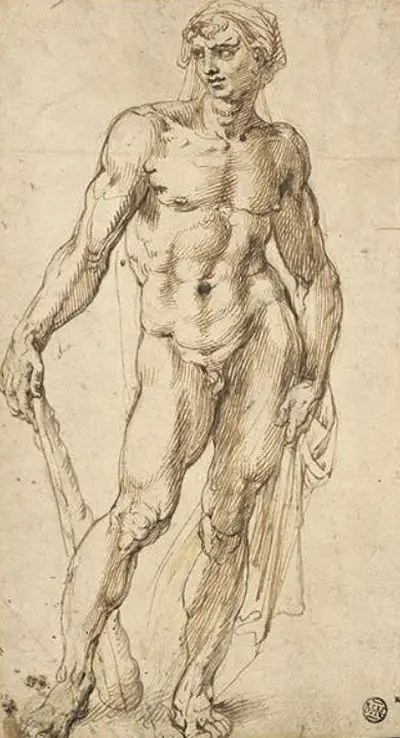Hercules was eight foot tall, meaning it would have left quite an impression on anyone fortunate enough to see it in person before it was lost. It was produced using marble, a medium in which Michelangelo was particularly comfortable. The statue was at the Palace of Fontainebleau in France before being lost, having originally been in Florence before being transported across in an ambitious project. In recent years there have been considerable efforts made to document all information that we have on Hercules in order to provide a more concise summary of its creation and eventual loss.
Several drawings have been uncovered from other artists which have helped to give us more of an idea of how the original piece would have looked. Raphael, for example, completed a number of imaginary portraits of Hercules. Rubens would also travel over to see this sculpture, among other things, whilst looking to better understand the techniques and methods of the great Italian masters. Despite being genius-like himself, he understood that there were others around Europe who had also provided some impressive and innovative ideas in the years after the Middle Ages. Italian art was well known within the north of the continent, but one could only really learn from it by visiting Italy in person and spending time in some of the key cities, such as Florence, Venice and Rome. These locations remain highly regarded for the respective schools in centuries past.
The drawing captured here was produced by Peter Paul Rubens, having initially been attributed to Anthony van Dyck. It was produced somewhere between 1600 and 1640 using oil, pen in brown and black chalk. It is generally believed that this drawing was made of Michelangelo's Hercules sculpture, giving us a clue as to how it looked prior to being lost. The old masters have proven highly influential and inspirational to new generations of artists who have taken the time to view their work in person, wherever possible. Artists from the north of Europe have even travelled over to Italy in order to spend time studying the Italian names such as Michelangelo plus Leonardo da Vinci and Raphael. Italian art was a series of regional schools which together produced an extraordinary body of work and so many visitors would head to specific cities in order to learn about particular schools, with each one having their own strengths.


